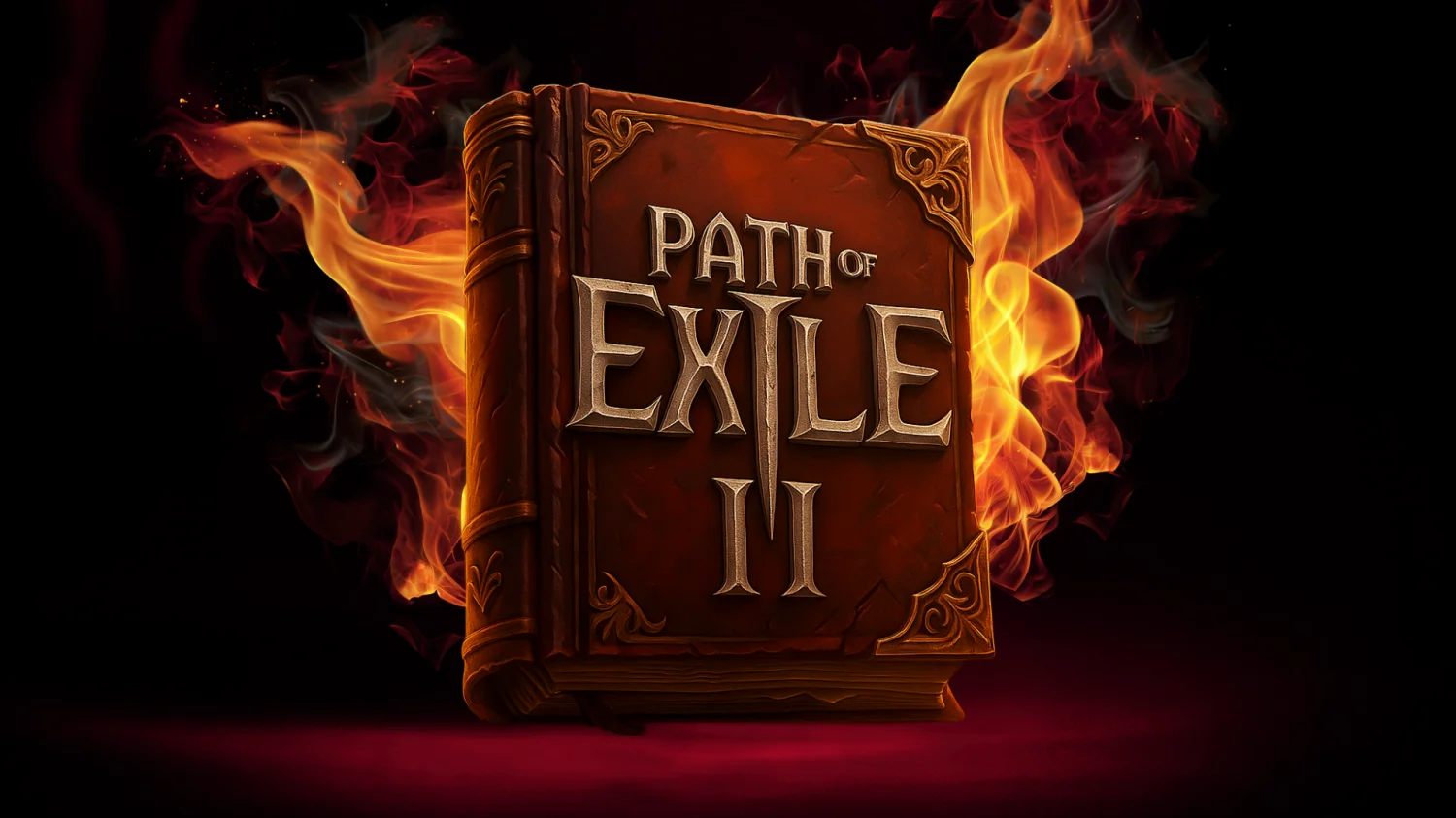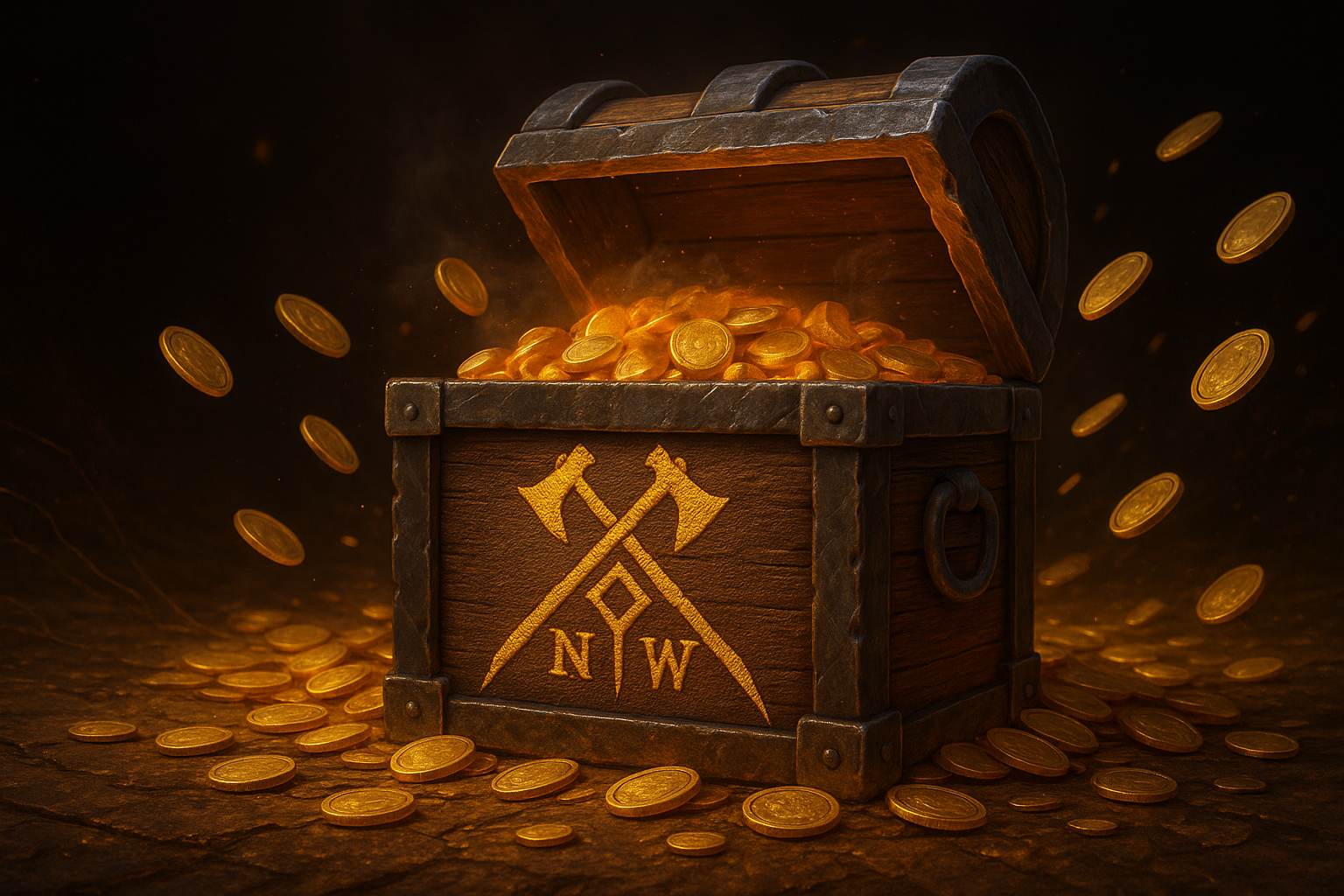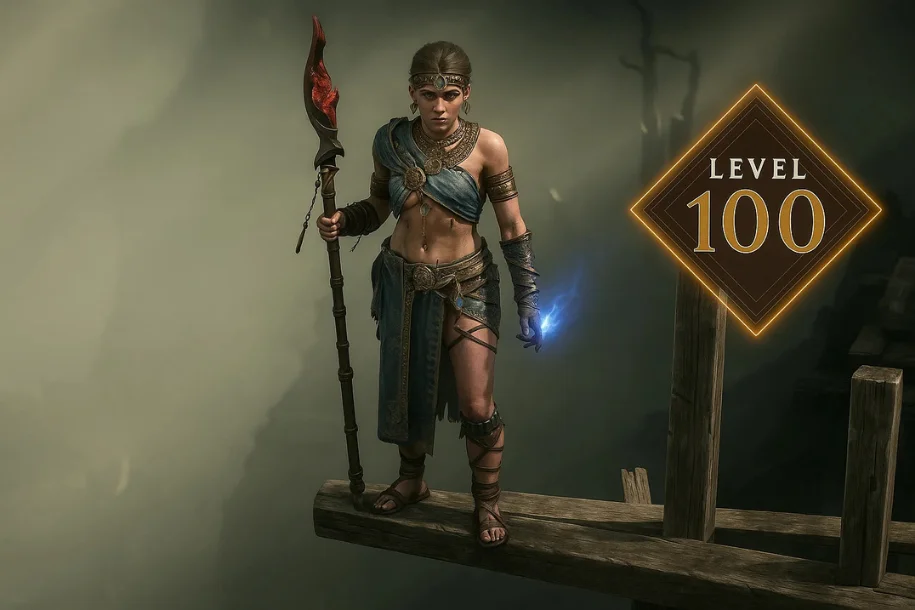Path of Exile 2 Hand Book
This is a comprehensive Path of Exile 2 guide covering new mechanics, early-game tips, builds, endgame strategies, and hardcore survival advice for efficient progression.

1. What’s New? Key Differences from PoE 1
- 12 Classes & Ascendancies: PoE 2 introduces 12 base classes, each with three Ascendancies.
- New Skill / Gem System: Around 240 active skill gems and 200 support gems, with an improved socket system.
- Gear Sockets: No socket colors — sockets still exist, but linking is more flexible and less restrictive.
- Movement Overhaul: WASD movement and a dodge-roll mechanic make combat much more fluid.
- Spirit Resource: Used to reserve auras and certain utility skills, functioning similarly to the old reservation system.
- Gold Currency: Gold becomes the central currency, replacing some of PoE 1’s bartering mechanics.
2. Early Game / Campaign (Acts 1–4)
🔸Key Focus Areas
- Loot Filter: Install a loot filter early to reduce clutter and focus on valuable items.
- Survivability First: Prioritize Life and Elemental Resistances on gear while leveling — staying alive is more important than maximizing damage early.
- Weapon Upgrades: Keep your weapon up to date if you’re playing a weapon-based build. Spellcasters can focus more on leveling and quality of their skill gems.
- Charm Usage: Carry charms that grant elemental resistances or defensive buffs to counter upcoming bosses (e.g., fire resistance before a fire boss).
- Mobility Skills: Use movement skills to avoid getting cornered. Even with dodge roll available, good positioning is critical.
🔸Passive Tree and Respec
- The passive tree has expanded to over 2000 nodes with dual specialization options, letting you branch into two specialties.
- Respecs are unlocked via an Act 1 quest and cost gold per node. Ascendancy respecs are much more expensive, so choose your Ascendancy carefully.
3. Builds & Class Recommendations
Recommended Starter Builds
Build / Class | Why It’s Good Early | Risks / Weaknesses |
Melee / Physical (e.g., Warrior + AoE weapon) | Consistent damage, less gem dependency, easy gear progression | Struggles vs. highly armored or elemental-resistant bosses without proper upgrades |
Ranged Physical / Bow Builds | Safer distance, easy kiting, avoids melee chaos | Weapon upgrades are critical; may have resource constraints |
Spell / AoE / Totem / Summoner Builds | Excellent clear, lower gear dependency, good crowd control | Can be mana/spirit intensive and often has weaker defenses |
🔸Ascendancy & Gem Tips
- Avoid locking into an Ascendancy too early — experiment with the passive tree first to see which direction your build naturally takes.
- Distribute support and utility gems to cover defenses (stun, freeze, status protection) to mitigate weaknesses, especially for glass-cannon builds.
4. Endgame Systems & Mapping
- After completing all six acts, you unlock the endgame mapping system (Atlas-style). Maps are randomized with modifiers, bosses, and progression systems.
- Seasonal League Mechanics add special encounters and content that are often very profitable — learn them early to optimize your map runs.
5. Currency, Economy & Upgrading
- Gold as Core Currency: Gold is now used for respecs, upgrades, and trade.
- Upgrade Frequently: Don’t hoard upgrade materials — improving your gear during Acts provides huge power spikes.
- Flask Management: Flasks charge slower than in PoE 1, so prioritize flasks with passive regeneration effects and upgrade them regularly.
6. Advanced Tips & Hardcore Strategies
- Map Awareness: Use overlays and minimaps to avoid getting lost in randomized layouts.
- Instance Resetting: Reset areas if they feel empty to refresh mobs and loot density.
- Armor-Piercing Options: Always carry a way to bypass high-armor enemies (elemental damage, armor-shred effects, or true damage skills).
- Smart Dodging: Dodge-roll has recovery frames — sometimes sidestepping or repositioning is safer than rolling through attacks.
7. Suggested Daily / Weekly / League Routines
- Daily / Early Game: Progress through acts, complete side quests for permanent bonuses, keep weapon upgrades consistent, and maintain capped resistances.
- Mid-Game: Unlock mapping system, finalize Ascendancy, optimize gem links, and farm maps with good modifiers.
- League Start: Pick a safe, budget-friendly build, engage with league mechanics early, and stockpile core currency.
- Late Game: Focus on boss farming, high-tier mapping, crafting optimized gear, and pushing endgame challenges or leaderboards.
8. Common Pitfalls & Survival Tips
- Neglecting Resistances: Elemental damage will kill you quickly if you’re not capped.
- Over-investing in Damage: Balance offense with enough Life/ES, Armor, and avoidance layers.
- Expecting Gear to Carry You: Mechanics (dodging, positioning, skill choice) matter as much as gear.
- Resource Waste: Don’t spend respec orbs or gold casually — save them until you’re sure about your build direction.
9. Example Build Ideas
- Blade Sworn Warrior: Dual-wield melee build with strong AoE and forgiving early gear needs.
- Lightning Bow Ranger: Mobile, kiting-focused bow build that scales well with elemental damage.
- Fire-Staff Elementalist: AoE spellcaster with powerful crowd control and high map clear.
- Summoner Necromancer: Minions absorb aggro while you stay safe and support with utility skills.
🏁 10. Conclusion
Path of Exile 2 expands on the complexity of the first game while refining movement, the gem system, class design, and economy.
By prioritizing survivability, planning your build path carefully, and integrating league mechanics into your routine, you’ll have a smoother, more powerful progression.
Whether your goal is to clear campaign content efficiently, farm endgame maps, or compete on the leaderboards, this guide provides a strong foundation for success.




